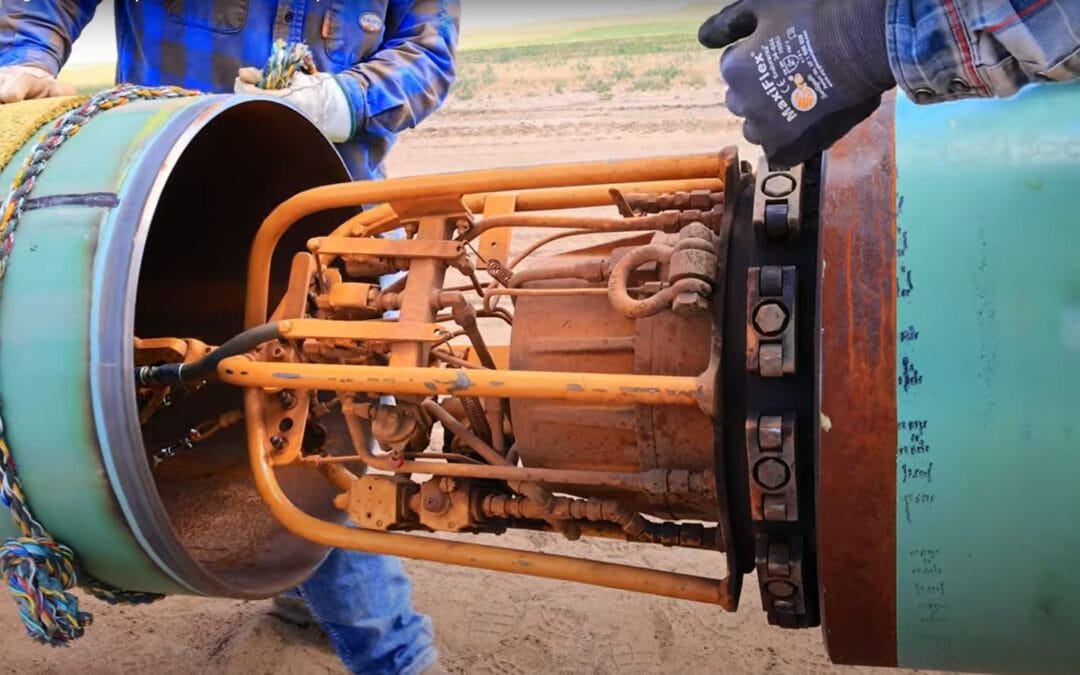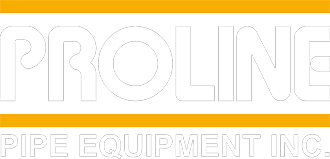The Role of Pipe Alignment in Welding Success
In pipeline construction, nothing is more critical than achieving accurate pipe alignment before welding. Poor fit-up can result in defects, delays, and costly rework. That’s why internal hydraulic and pneumatic line-up clamps have become essential tools for ensuring precise, consistent alignment from the inside out.
What Are Internal Line-Up Clamps?
Internal line-up clamps are placed inside the pipe and use controlled outward pressure to hold the joint in position. This approach is especially effective for long sections of pipe, where consistent alignment can be difficult to achieve with external methods. By centering the pipe from within, these clamps help maintain proper spacing and ensure the weld joint is positioned exactly as it should be—every time.
Hydraulic vs. Pneumatic Internal Line-Up Clamps
There are two primary types of internal clamps: hydraulic and pneumatic. Hydraulic internal line-up clamps are powered by hydraulic systems and are known for their strong, steady clamping force. They are a popular choice for heavy-wall pipe and large diameters, especially in demanding environments where stability and strength are critical. Many hydraulic clamps also include remote operation capabilities, allowing the crew to control alignment from a distance and minimize exposure to potentially hazardous conditions.
Pneumatic internal line-up clamps, on the other hand, rely on compressed air. These clamps are often lighter and quicker to set up, making them ideal for applications that prioritize speed and mobility. They work well in clean, accessible environments and are often used on medium- to large-diameter pipe. Pneumatic clamps offer a practical solution when hydraulic infrastructure isn’t available or necessary.
Internal vs. External Line-Up Clamps: Which One Is Right for the Job?
One common question from field operators and project managers is whether to use internal or external line-up clamps. While both tools are designed to achieve the same goal—accurate pipe alignment—they serve different purposes depending on the job requirements.
Internal line-up clamps are especially valuable when welders need to maintain alignment across long pipe runs, where access to the outside of the pipe is limited. Their ability to align from the inside ensures uniformity, particularly on larger pipe where even minor misalignment can become a serious issue. Because internal clamps are positioned inside the pipe and expanded outward, they provide alignment at the point of welding itself, which increases precision and minimizes the chance of weld distortion.
External line-up clamps, on the other hand, are mounted on the outside of the pipe and are typically easier to install and remove. They’re often used in fabrication shops, short runs, or smaller diameter pipe jobs where internal access is restricted. External clamps work well for visible inspection and adjustment, and can be a cost-effective choice for lower-pressure or less critical applications.
Ultimately, the decision to use internal or external clamps comes down to several factors: pipe diameter and wall thickness, the location and environment of the job site, required weld quality, and available power sources. Internal clamps are the go-to solution for projects that demand tight tolerances, consistent fit-up, and minimal rework. For projects with simpler requirements or where interior access is difficult, external clamps can still offer solid performance.
Invest in Better Alignment, Better Results
Incorporating the right type of line-up clamp into your process can dramatically improve weld quality, reduce downtime, and help keep your project moving forward on schedule. Internal hydraulic and pneumatic line-up clamps, in particular, offer a high level of control and reliability that’s hard to match with other alignment tools.
If you’re looking to improve pipe welding precision on your next project, investing in the right internal alignment tools is a smart move. Our team can help you find the clamp that fits your needs—whether you’re dealing with thick-wall pipe, large diameters, or unique site challenges. Get in touch with us today to learn more about available options and how internal clamps can boost your job site efficiency.


